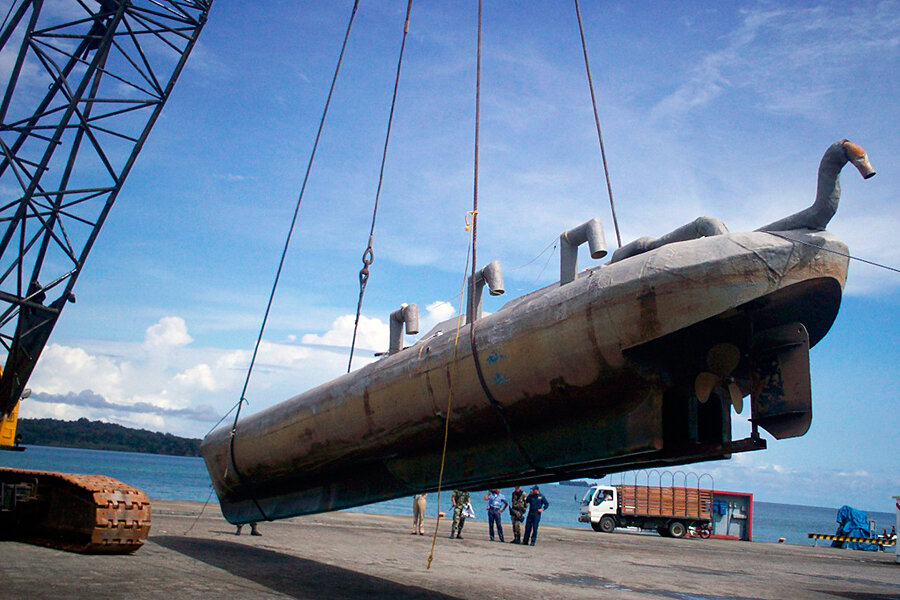Colombian port caught in crossfire between drug gangs
Loading...
When Colombia entered into a free-trade agreement with the United States in May 2012, the South American port of Buenaventura was already ramping up for the anticipated increase in bilateral trade with a $450 million modernization plan. [Editor's note: This paragraph was corrected to make clear that the International Finance Corporation, a private lending arm of the World Bank, is not involved in the development of this port. It is providing financial backing to the nearby Sociedad Portuaria Terminal de Contenedores de Buenaventura S.A., a private container terminal.]
But instead of becoming a hub for international commerce, the Pacific port has since devolved into a major battleground between armed gangs fighting for control of this key drug trafficking route, says our correspondent in Colombia, who recently visited the port city. Our correspondent says an estimated 250 tons of cocaine moves through the city’s mangrove waterways each year, the majority destined for Central America.
Homicides rose 25 percent last year to hit 187 deaths, and the first two months of 2014 saw another 40 murders, on a pace to hit 240 homicides by end of year. City residents held a protest earlier this month to bring attention to the violence, which Human Rights Watch also highlighted in a March 20 report titled “The Crisis in Buenaventura: Disappearances, Dismemberment, and Displacement in Colombia’s Main Pacific Port.”
Human Rights Watch found that many neighborhoods are dominated by criminal groups that rule through fear and brutality – a recent phenomenon includes abducting and dismembering people in “chop-up houses” (casas de pique), sometimes while still alive, then dumping them in the sea, according to witnesses and officials who spoke with the human rights watchdog. Such atrocities were also mentioned in an October 2013 report (pdf) by US Reps. George Miller and Jim McGovern on the labor rights situation in Colombia. It concluded that “the riches of this growing global economy fomented by the US-Colombia FTA mainly pass through Buenaventura and do not integrate or benefit the local Afro-Colombian population.”
Part of the problem is related to the port expansion project, as several districts have been singled out as areas of high displacement due to the installation of a new port terminal and storage facilities for containers.... For the rest of the story, continue reading at our new business publication Monitor Global Outlook.






